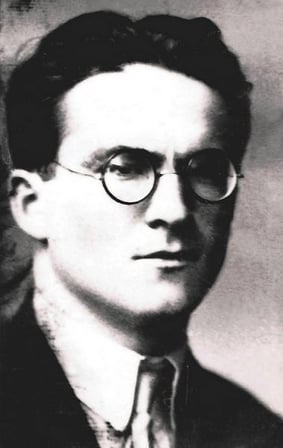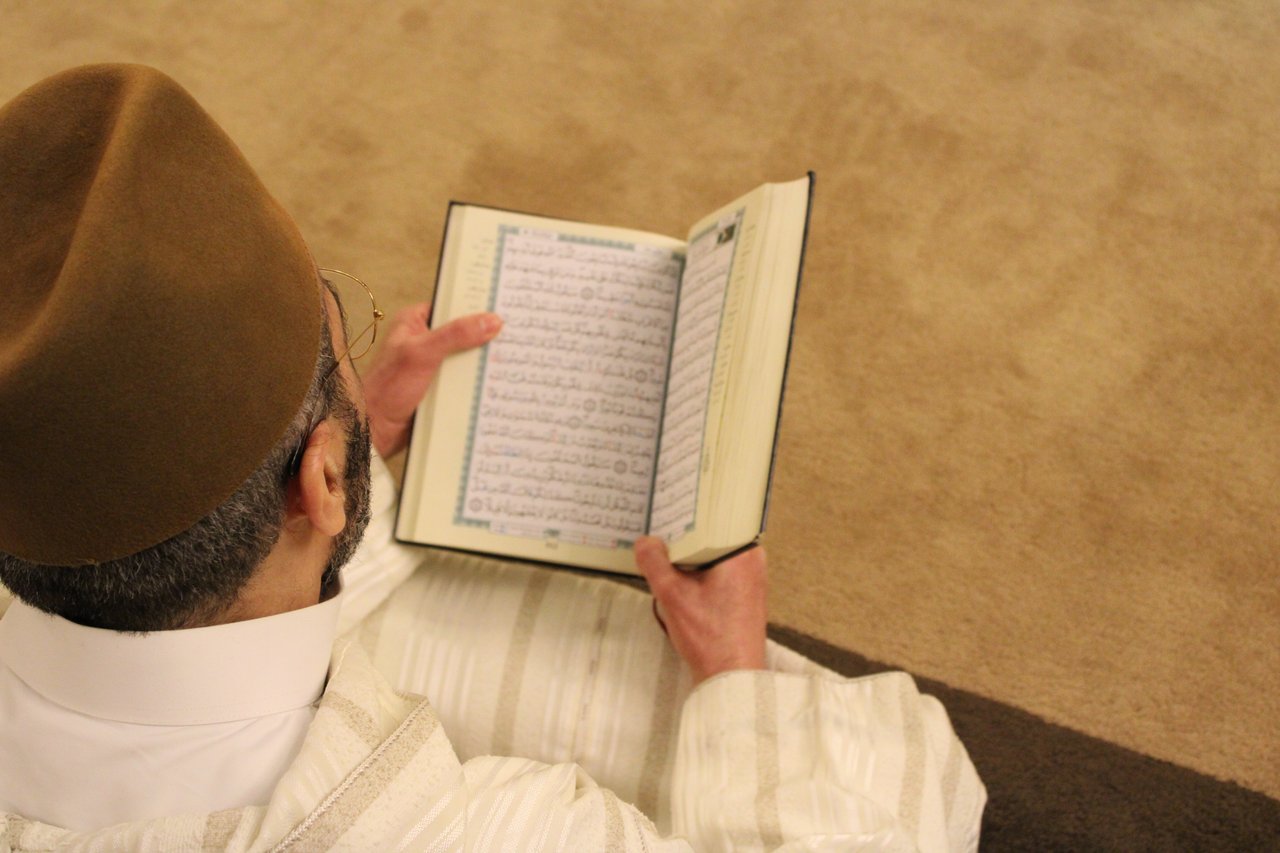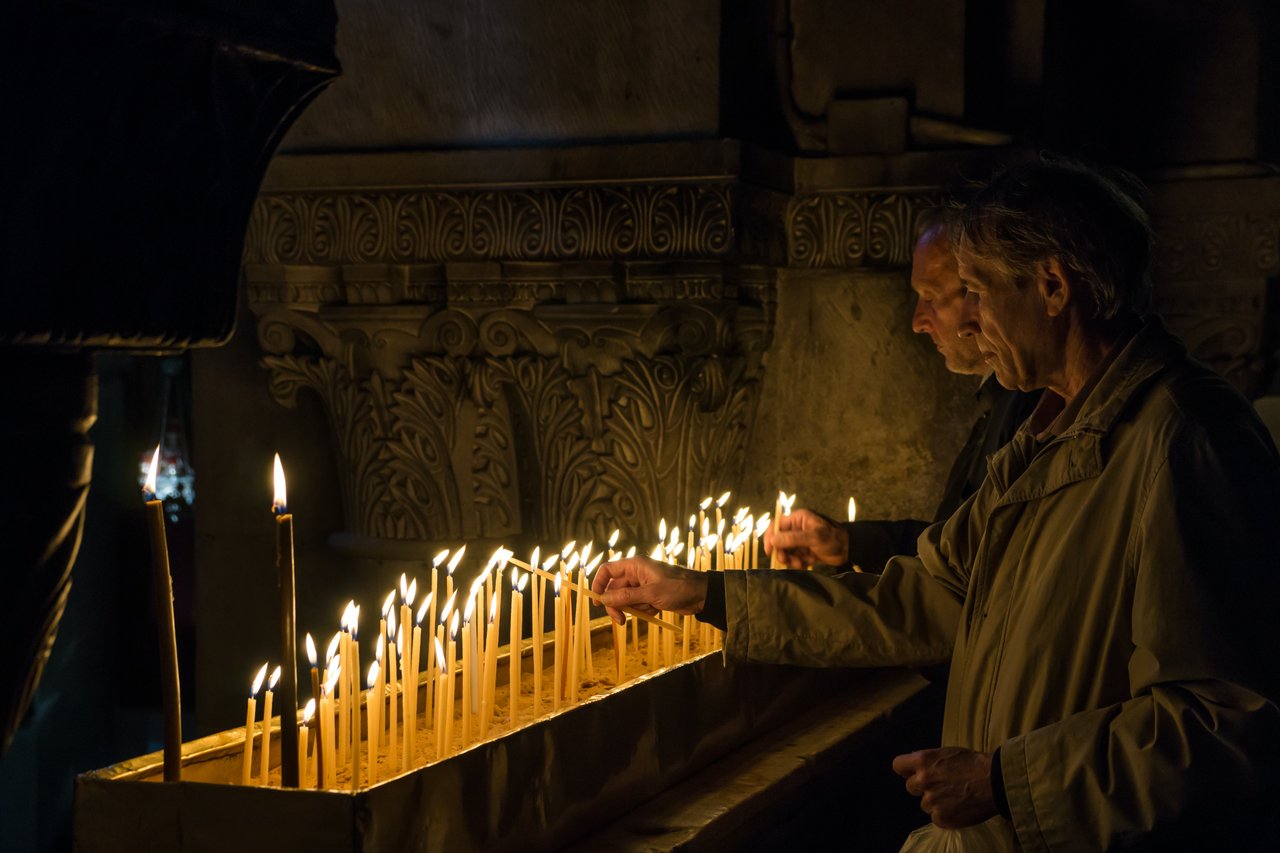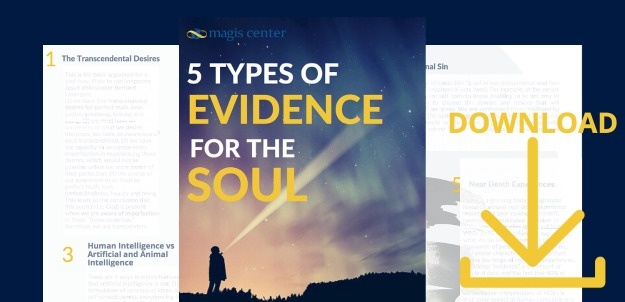Mircea Eliade (1907-1986) was a philosopher and historian of religion at the University of Chicago who elaborated one of the most comprehensive transcultural and trans-historical theories of the origin of religion. Born in Romania and educated at the University of Bucharest, he studied the work of Rudolf Otto on the numinous experience, which influenced his thought on the philosophy of religion.
In addition to being the general editor of the sixteen-volume Encyclopedia of Religion, Eliade is also the author of dozens of articles and books, including two that are highly influential in the contemporary study of comparative religion: The Sacred and the Profane: The Nature of Religion and Patterns in Comparative Religion.
After an incredibly comprehensive cross-cultural study of the history of religions, Eliade concluded that religion originates from an irreducible experience of the sacred (common to most human beings). This experience seeks to find its outward cultural expression in myths and rituals, which become the communal gateways to connecting with the transcendent reality.
 Mircea Eliade (1907-1986) / Public domain, via Wikimedia Commons
Mircea Eliade (1907-1986) / Public domain, via Wikimedia Commons
Through his research, Eliade found that religion is the key not only to connection with the transcendent reality but also to purpose in life. He believed that without religion, “traditional man” (i.e., man prior to the 18th Century—before the scientific and Enlightenment mentality) would have been purposeless, directionless, and virtueless.
In this article, we will examine the significance and corroborative features of his research in three steps:
- His findings about the common cross-cultural elements of religion within the concept of “hierophany” (including the importance of myths)
- His findings about the common cross-cultural elements of religion within the concept of “homo religiosus”
- His contention that rejection of the sacred will produce a heightened state of existential anxiety in “modern man”
Mircea Eliade on Hierophany and Common Elements in All Religions
“Hierophany” (from Greek) means “appearance of the sacred.” It expands the more common term “theophany” (an appearance of God) to include all world religions.
All world religions are based on a belief that transcendent reality (whether it be God or gods or a quasi-personal force) has broken into the world, bringing with it sacredness or holiness and splitting the world into two parts: “the sacred” (connected to transcendent reality) and “the profane” (not connected to transcendent reality).
Eliade describes this universal dimension of hierophanies as follows:
"It could be said that the history of religions—from the most primitive to the most highly developed—is constituted by a great number of hierophanies, by manifestations of sacred realities. From the most elementary hierophany—e.g. manifestation of the sacred in some ordinary object, a stone or a tree—to the supreme hierophany (which, for a Christian is the incarnation of God in Jesus Christ) there is no solution of continuity."
—The Sacred and the Profane: The Nature of Religion
Hierophany and Place According to Mircea Eliade
Every religion identifies a place (or places) when the transcendent breaks into the world (and world history). When it does, it makes holy or sacred the place of the “breakthrough.” The place retains its sacredness so that pilgrims who come to it can continue to have an experience of the transcendent.

Eliade notes in this regard:
“. . . Settling in a territory reiterates the cosmogony. Now that the cosmogonic value of the Center has become clear, we can still better understand why every human establishment repeats the creation of the world from a central point (the navel). Just as the universe unfolds from a center and stretches out toward the four cardinal points, the village comes into existence around an intersection."
—The Sacred and the Profane: The Nature of Religion
And:
“. . . religious architecture simply took over and developed the cosmological symbolism already present in the structure of primitive habitations. In its turn, the human habitation has been chronologically preceded by the provisionally consecrated and cosmicized. . . . All symbols and rituals having to do with temples, cities, and houses are finally derived from the primary experience of sacred space."
—The Sacred and the Profane: The Nature of Religion
Hierophany and Time (the Myth of Eternal Return) According to Mircea Eliade
In virtually every culture, the time of the hierophany is the origin or creation of reality. It is the sacred time, and, like sacred places, has the capacity to sacralize people who enter into it. But how can a religious person enter into the sacred time when, with every elapsed moment, we pull further away from the sacred time/origin?
Eliade discovered that most religions do not have this problem because of their belief in what he terms “the myth of eternal return,” which refers to the capacity to return to the time of origin or creation by participating in religious rituals or recounting sacred myths. In this way, sacred rituals are not simply a commemoration or mental remembrance of the sacred origin; they are a reliving or “re-actualizing” of it.

Mircea Eliade on the Importance of Myths
Myths have the same mystical powers as rituals. As myths are recounted, the participant re-enters the past sacred event. Eliade phrases it this way:
"In imitating the exemplary acts of a god or of a mythical hero, or simply by recounting their adventures, the man of an archaic society detaches himself from profane time and magically re-enters the Great Time, the sacred time." —Eliade, Myths, Dreams, and Mysteries
Thus, there is a call within the myth to imitate the actions and the virtues of heroes (and to shun the actions and vices of villains). Rituals and myths, then, provide two functions:
- They strengthen the participant by putting them into contact with the sacred moment of origin (and through this, the transcendent reality itself).
- They present actions and virtues which are felt to be the absolute truth.
Eliade's Discovery of Hierophany and Cross-Cultural Elements in Religious Expression
In sum, Eliade has made a most remarkable discovery—namely that for more than four millennia, human beings from virtually every culture around the world yearned for and sought the sacred. Additionally, the expression and the fulfillment of that yearning are similar in four general areas:
- A belief in the sacred in which there is absolute truth and goodness.
- The sacred (transcendent reality) desires to connect with human beings and so enters into the profane world at a particular place.
- When the sacred reality broke through, it sacralized the place and time it entered.
- The celebration of rituals and recounting of myths not only strengthens the participants but also imparts lessons about purpose in life, the goods to be pursued, evils to be avoided, the virtues and laws that will help to achieve the good, and the vices that will undermine it.
The odds of these similarities among the world’s religions occurring by pure chance are exceedingly low, so we must seek an explanatory cause. In their studies, Eliade (and his colleagues) found that no combination of natural phenomena could add up to a transnatural or supernatural one. They concluded that the cause must be some irreducible presence of the sacred-transcendent reality within us:
"To try to grasp the essence of such a phenomenon by means of physiology, psychology, sociology, economics, linguistics, art or any other study is false; it misses the one unique and irreducible element in it—the element of the sacred."
—Patterns in Comparative Religion
Mircea Eliade on Homo Religiosus
The Encyclopedia of Psychology and Religion defines the phrase homo religiosus as:
“the idea that human existence is inherently religious. . . [Inherent religiosity] is not a person’s creedal beliefs or institutional commitments per se but refer to our existential drive toward transcendence, freedom, and meaning-making, no matter the differences of religious or a/religious backgrounds or convictions.”
Whereas hierophany is the manifestation of the sacred in an object, place, and/or time, homo religiosus focuses on the interior domain of the people who participate in religion. Eliade writes,
“Whatever the historical context in which he is placed, homo religiosus always believes that there is an absolute reality, the sacred, which transcends this world but manifests itself in this world, thereby sanctifying it and making it real. He further believes that life has a sacred origin and that human existence realizes all of its potentialities in proportion as it is religious—that is, participates in reality."
—The Sacred and the Profane: The Nature of Religion
The Necessity of Homo Religiosus Within Religion According to Mircea Eliade
Though religious communities teach lessons and doctrines to their adherence, Eliade believes that this alone cannot make a religion. There must also be homo religiosus—people who are innately aware of the sacred, desire it, are passionate about it, and are fulfilled by it. They must also be capable of understanding the significance of sacred time, sacred place, sacred myth, sacred ritual, and sacred symbol.

If these interior dispositions were not antecedently present, traditional man would never have sought out religion and would certainly not have made it his center of meaning and the source of reality.
Eliade and The Anxiety of “Non-Religious Man”
In the previous sections, we summarized Eliade’s findings on religion in what he calls “traditional man” (when virtually every person was homo religiosus). Recall that “traditional man” signifies the mindset of people prior to the time when scientific and Enlightenment viewpoints became dominant, especially among certain groups in Western Europe (around the 18th century).
The time of “modern man” (the time after “traditional man” until now) is distinct because a significant percentage of modern individuals are non-religious (16%), and in Western Europe, the percentage is significantly higher (approximately 50%). Furthermore, some of this is spreading to other modern democracies around the world.
For Eliade, this absence of the sacred in modern non-religious people introduces heightened anxiety about existence, meaning, and reality (what might be called “existential anxiety”). It comes from “the absence of things yearned for”—that is, the absence of the transcendent, which we desire implicitly or explicitly.
“Man makes himself, and he only makes himself completely in proportion as he desacralizes himself and the world. The sacred is the prime obstacle to his freedom. He will become himself only when he is totally demysticized. He will not be truly free until he has killed the last god.”
—The Sacred and the Profane: The Nature of Religion
For Eliade, the more that modern non-religious people reject the sacred and the transcendent, the more acute their alienation from self and reality becomes. (Interestingly, statistical verification of the positive effects of religion on the human psyche also supports Eliade’s thought.)
Solution for Modern Non-Religious Man: Openness to the Transcendent According to Eliade
Is collective existential anxiety and crisis in the modern non-religious man inevitable? Do freedom and self-identity have to come from the rejection of the sacred, as modern non-religious man believes? Otto and Eliade think not.
Otto and Eliade hold out a solution to the existential anxiety of modern times—namely, an openness to the transcendent reality within us and to collective participation in the religious community, ritual, and symbol.
The remarkable cross-cultural and cross-historical coincidence of the human sense of the spiritual (the numinous experience) and expression of the sacred (hierophany)—and the likelihood that these remarkable coincidences have an interior supernatural origin—all indicate that human beings have a transcendental dimension and are destined for transcendental fulfillment.
Yet, there are more clues to the transcendental nature of human beings and our relationship to a transcendent reality beyond that of Otto and Eliade: the transcendental desires for perfect truth, love, goodness, beauty, and home.
These other clues (that date back to the time of Plato) corroborate the findings of Otto and Eliade, strengthen the plausibility, and expand the horizon of our transcendental nature and destiny. Learn more about the transcendental desires in our article, “The 5 Transcendentals (And How They Provide Evidence for a Soul.”


